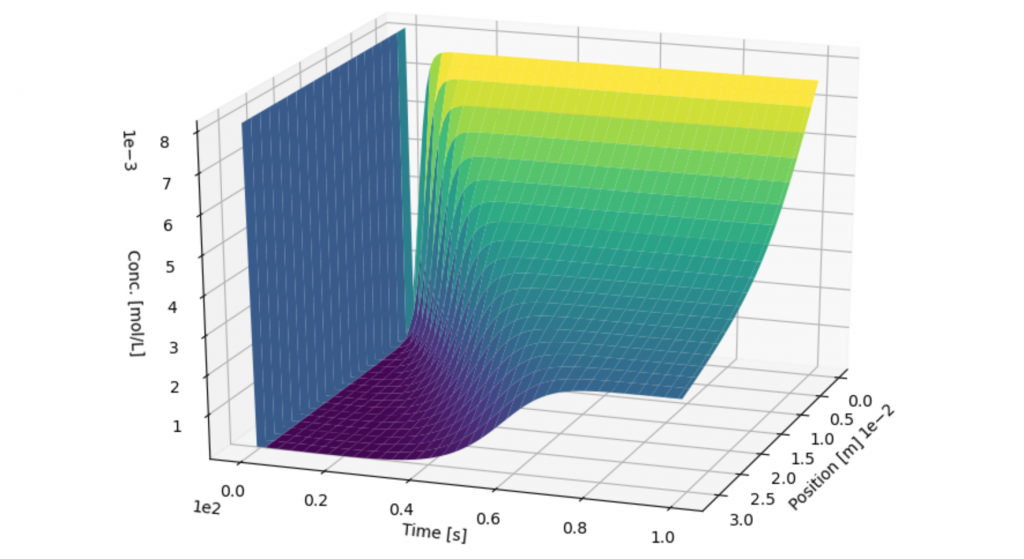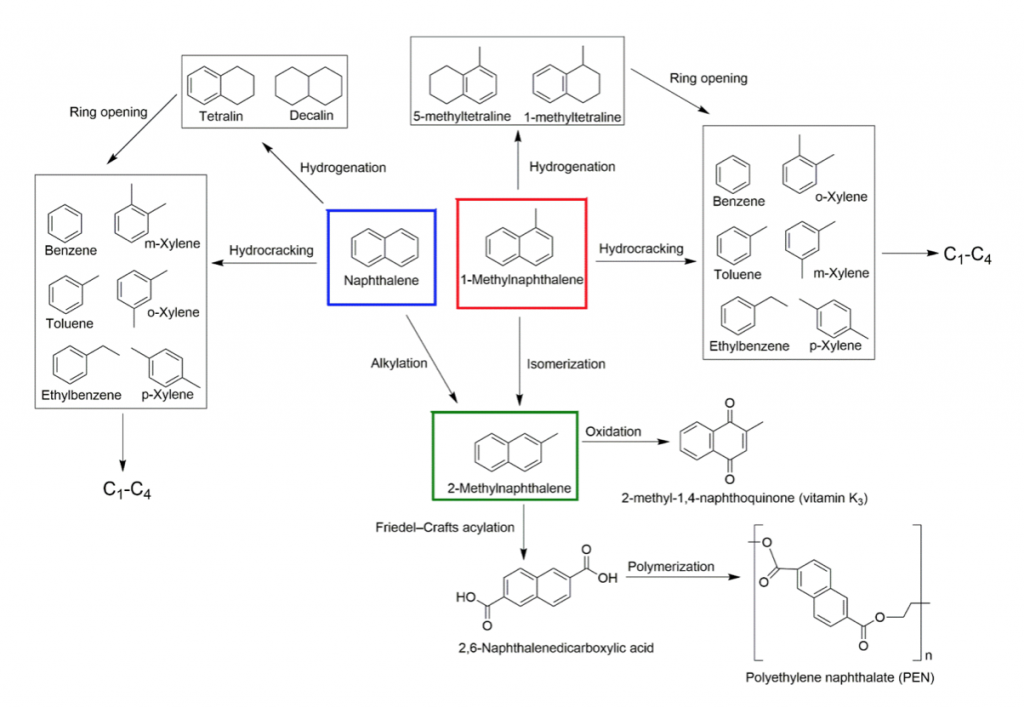Deliverable 4.6 is officially completed!
Multi-tubular membrane reactor system for the methanol production with a total 0.25 m2 was successfully designed, constructed, and integrated in the test-rig. The membrane reactor system consists of the packed bed reactor, followed by the cooler and multi-tubular membrane reactor. The constructed multi-tubular membrane reactor will be used to confirm the overall and the long-term performance with the target syngas conversion of a minimum 33% per pass. The multi-tubular membrane reactor consists of 7 polymeric membrane tubes in which an isothermal conditions are kept by circulating of the cooling oil. Each membrane has an effective length of 80 cm.
Workshop “Supply chain optimization for biomethanol production with corresponding GHG emissions: wood residues in Sweden“
Date: May 25th Time: from 14:00 to 15:30
Meeting with Concawe STF-3 Group
CONVERGE kickstarted the calendar year with a meeting with Concawe STF-3 Group, a group of experts focused in assessing the sustainable biomass availability in EU.
Concawe is a division of the European Petroleum Refiners Association, an AISBL operating in Belgium, whose members are all 40 companies that operate petroleum refineries in the European Economic Area.
Concawe is exploring a cross-sectorial Low Carbon Pathways (LCP) programme, identifying opportunities and challenges for different low-carbon technologies and feedstocks to achieve a significant reduction of the CO2 emissions associated with both the manufacturing and use of refined products in Europe in the medium (2030) and longer-term (2050).
The meeting was held on January 11th and POLIMI (Giampaolo Manzolini) and CFE (Marco Ugolini) presented the Converge concept and the biomass assessment methodology respectively.
We are thankful to Alba Soler Estrella, Coordinator of the STF-3 Group and Science Associate for Low-Carbon Pathways, for inviting the Converge Consortium to the Secretariat meeting and we are confident that will find further opportunities to share new data, information and ideas with Concawe SFT-3 Group in the next stages of the Converge project.
Delivery D.22
In this report, model tar compounds cracking is first studied experimentally on various bare and modified zeolite materials, where promising yields and selectivities are achieved even at room temperature. Next, based on the experimental results, the reaction pathway of tetralin transformation into BTX was proposed. Hydrocracking, ring opening, ring contraction, dehydrogenation/hydrogenation, alkylation/dealkylation, isomerization, and overcracking reactions were involved. The surface microkinetic model was coupled with the reactor mass transport model, and optimization of the reaction rate parameters was performed in order to improve the model predictive power. The final model yielded very good agreement between the model and experimental data, and described the process of deactivation due to coking with high accuracy. The model was then used to simulate the reactor at various conditions in order to obtain additional information and to deepen the understanding of the system.

Fig. 1: Simulation results for a packed bed reactor, showing the time and space dependence of tetralin (reagent) concentration in the reactor (450 °C, 1 atm, 42 mL/min flow rate)

